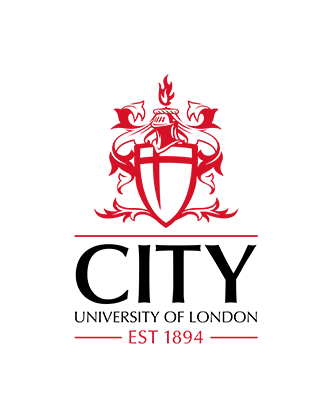Factors influencing vaccine hesitancy among United Kingdom adolescents in a senior high school environment and actions to address it
Drobniewski, F., Ashmi, M., Ahmad, R.  ORCID: 0000-0002-4294-7142 , He, C., Bogdanova, M., Garbacz, A. & Moustafa, A. (2025).
Factors influencing vaccine hesitancy among United Kingdom adolescents in a senior high school environment and actions to address it.
Human Vaccines & Immunotherapeutics, 21(1),
article number 2475599.
doi: 10.1080/21645515.2025.2475599
ORCID: 0000-0002-4294-7142 , He, C., Bogdanova, M., Garbacz, A. & Moustafa, A. (2025).
Factors influencing vaccine hesitancy among United Kingdom adolescents in a senior high school environment and actions to address it.
Human Vaccines & Immunotherapeutics, 21(1),
article number 2475599.
doi: 10.1080/21645515.2025.2475599
Abstract
We explored adolescent viewpoints on vaccines and hesitancy using an anonymized, validated, self-completed electronic questionnaire amongst state-school Year 12–13 adolescents in London, UK. As the response rate was low (Cohort 1; n = 112/486, 23.0%), we repeated the survey with incoming students (cohort 2, n = 256/275; 93%). A focus group (n = 31) evaluated international HPV campaign posters. Cohort 1 participants were 82.1% female, 13.4% male, and ethnically diverse (32.1% Asian/Asian British, 29.5% Black/Black British, 25.9% White, 7.1% Mixed); Cohort 2 were 80% female, 18% male, with participants identifying as 38% Black/Black British, 34% Asian/Asian British, 15% White, 12% Mixed/Others. Across both cohorts, participants believed childhood vaccinations were safe (Cohort 1 = 95.8%, Cohort 2 = 91%). COVID-19 vaccination uptake was higher in Cohort 1 than 2 (76.8% vs 67%), with fewer participants believing it was adequately tested (56.3% vs 47%). Support for mandatory COVID-19 vaccination for healthcare workers (HCW) was high (Cohort 1:77.8–79% “all” vs “patient-facing HCWs;” Cohort 2 = 62–64%). Similar patterns were observed for mandatory influenza vaccination (Cohort 1: 62.5–66.7%; Cohort 2: 62–63%). Vaccination decisions in Cohort 2 were primarily influenced by parents (96%), healthcare providers (48%), and school friends (36%) (Cohort 1 = 30.2%, 19.6%, and 12%, respectively). Recommendations by doctors, experts and parents (but not politicians) and school-based vaccine availability boosted vaccine confidence. Social media had minimal impact. Most participants received HPV vaccine (Cohort 1 = 83.1%, Cohort 2 = 77.2%). International HPV posters received strong but mixed support; direct design input from the target group is needed to ensure the success of visual vaccine promotions.
| Publication Type: | Article |
|---|---|
| Additional Information: | © 2025 The Author(s). Published with license by Taylor & Francis Group, LLC. This is an Open Access article distributed under the terms of the Creative Commons Attribution-NonCommercial License (http://creativecommons.org/licenses/by-nc/4.0/), which permits unrestricted non-commercial use, distribution, and reproduction in any medium, provided the original work is properly cited. The terms on which this article has been published allow the posting of the Accepted Manuscript in a repository by the author(s) or with their consent. |
| Publisher Keywords: | Vaccine hesitancy, adolescent, determinants, vaccine uptake, beliefs, London |
| Subjects: | H Social Sciences > H Social Sciences (General) R Medicine > RA Public aspects of medicine > RA0421 Public health. Hygiene. Preventive Medicine |
| Departments: | School of Health & Medical Sciences School of Health & Medical Sciences > Department of Population Health & Policy |
| SWORD Depositor: |
Available under License Creative Commons Attribution Non-commercial.
Download (5MB) | Preview
Export
Downloads
Downloads per month over past year


 Metadata
Metadata Metadata
Metadata